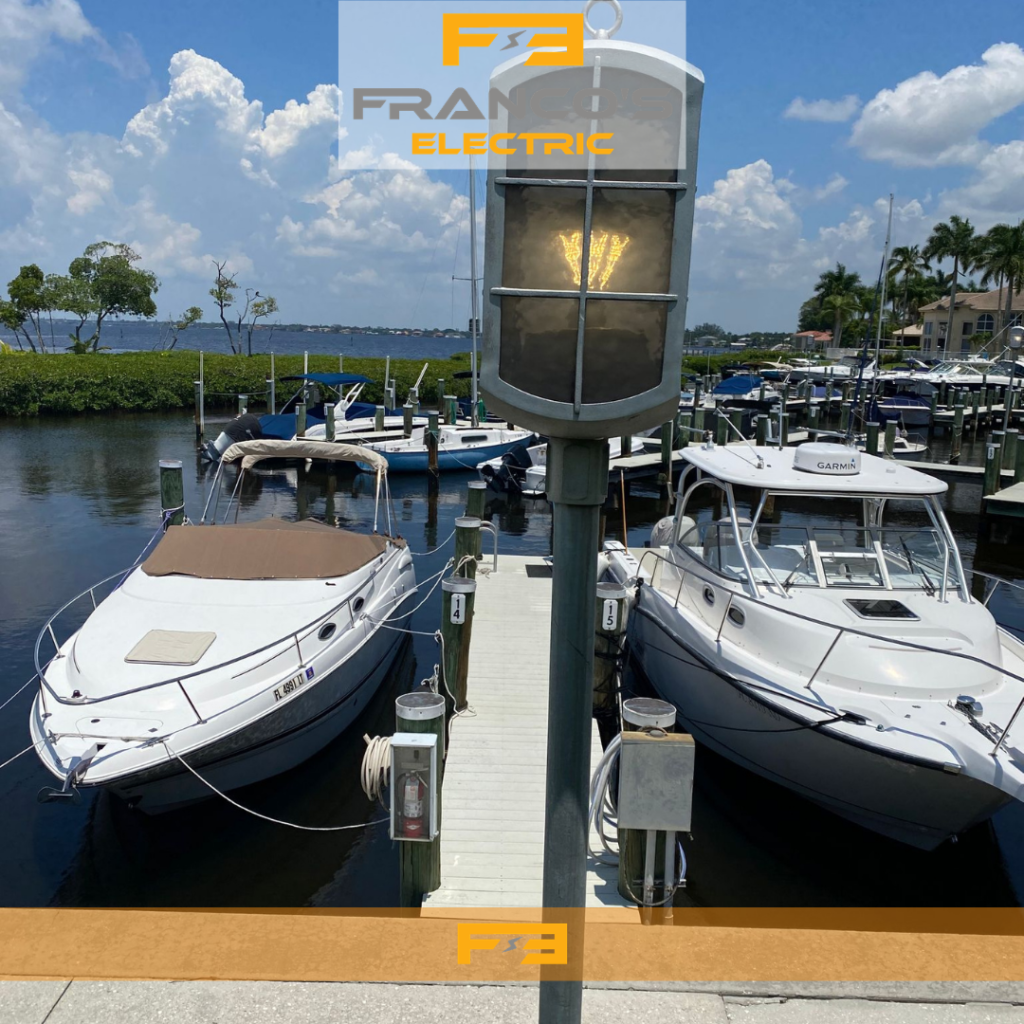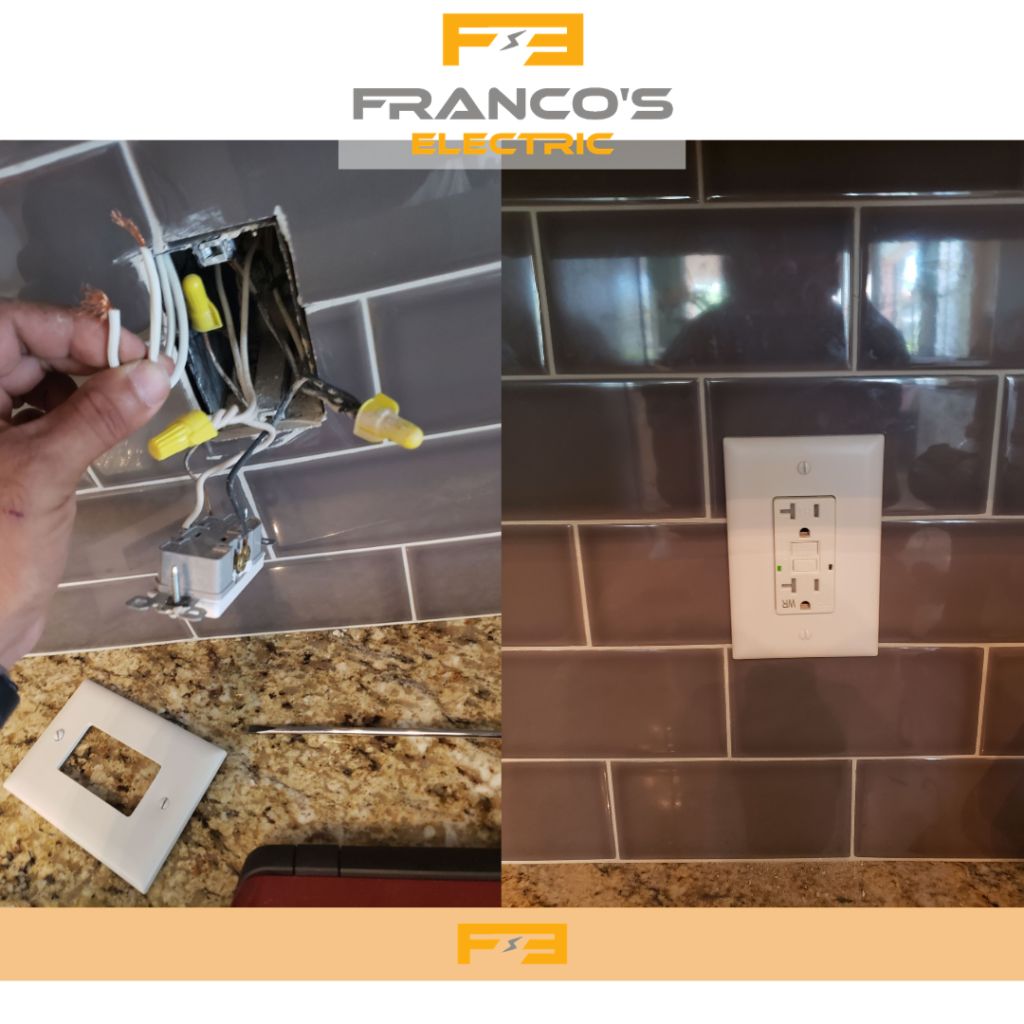When you try to plug in your brand-new table saw, you realize that the aphorism has a
three-rounded draw, but your aunt’s home only has two- niche outlets. This isn’t an uncommon
problem, especially in aged homes and apartments
All major appliances have been needed to have three-rounded entrapments since 1969. At that
time, only about half of the outlets in the United States had three places. Also,
three-rounded entrapments have become the standard on numerous tools, electronic bias, and
appliances. While newer homes are generally wired to accommodate them, aged homes like
your Aunt Matilda’s frequently are not.
So, should you run to the original tackle store to buy a three-point appendage? Perhaps, but
determining two-to-three-point- appendage safety can be tricky. Although three- point
appendages, also known as “ cheater entrapments,” may feel like a quick and accessible fix,
there are variables to consider before choosing to use one.
When deciding whether to use a three-point appendage, one thing to consider is whether the
wiring that supplies power to the outlet can sufficiently handle the amps demanded to power
the appliance or device. In numerous cases, two- niche service was installed with
the cloth-insulated line that isn’t rated for numerous of the moment’s high-tech items. However, the
cables may heat, leading to a fire hazard or electric shock threat, If you use a high-amp
contrivance with a low-amp outlet.
To figure out what the cables can safely carry, take a quick trip to the fuse panel or swell box.
The number on the main swell or fuse will indicate your amp service. The minimum to reuse
moment’s average cargo is 100 amp service, but some aged homes or small lodges may only
have 30 amp service. Your circuit combers or fuses may be labeled by room position, too, in
which case you can determine the amp service to individual circuits. For illustration, 20 amp
circuits will generally be safe for utmost bias other than heavy-draw appliances like electric
ranges, dryers, and refrigerators. However, using a “ cheater” appendage draw – indeed for a short
time – isn’t a good idea, and three-point appendages should no way be used with major
appliances If the amp service is low.
Another consideration is whether the electrical box itself is predicated. Immaculately, the center
screw in an aged two-niche outlet will be predicated. Newer three-point appendages have a
screw tab that ensures contact directly to this predicated center screw. As long as an appendage
draw makes contact with a predicated screw, using a three-point appendage may be a fairly
safe option, at least in the short term.
Using an appendage with an ungrounded outlet increases the threat of serious electrical shock
or electrocution from defective or damaged products.
To find out if the box is predicated, use a container tester, also known as a multimeter. These
affordable biases are available at most tackle or home enhancement stores. Follow
manufacturer instructions to interpret the device’s readings. Generally, you need to check if the
light that corresponds to the ground line lights up weekly. Or, you can use a circuit tester to
insert one point into the “ hot” niche (the shorter niche). Touch the other point to the cover
plate screw. However, the tester will light up, If the box is predicated.
To epitomize, a three-point appendage is generally safe to use when plugged into a predicated
outlet, as long as the wiring is sufficient to handle the amp cargo, but it shouldn’t be a longterm
result.
Still, or are planning to use three- point appendages, you should be apprehensive of many other
risks, If you formerly use. In numerous cases, your homeowner’s insurance may not cover
injuries or fires performed from appliances that were plugged into three- point appendages.
And, product guarantees may be voided grounded on their use.



